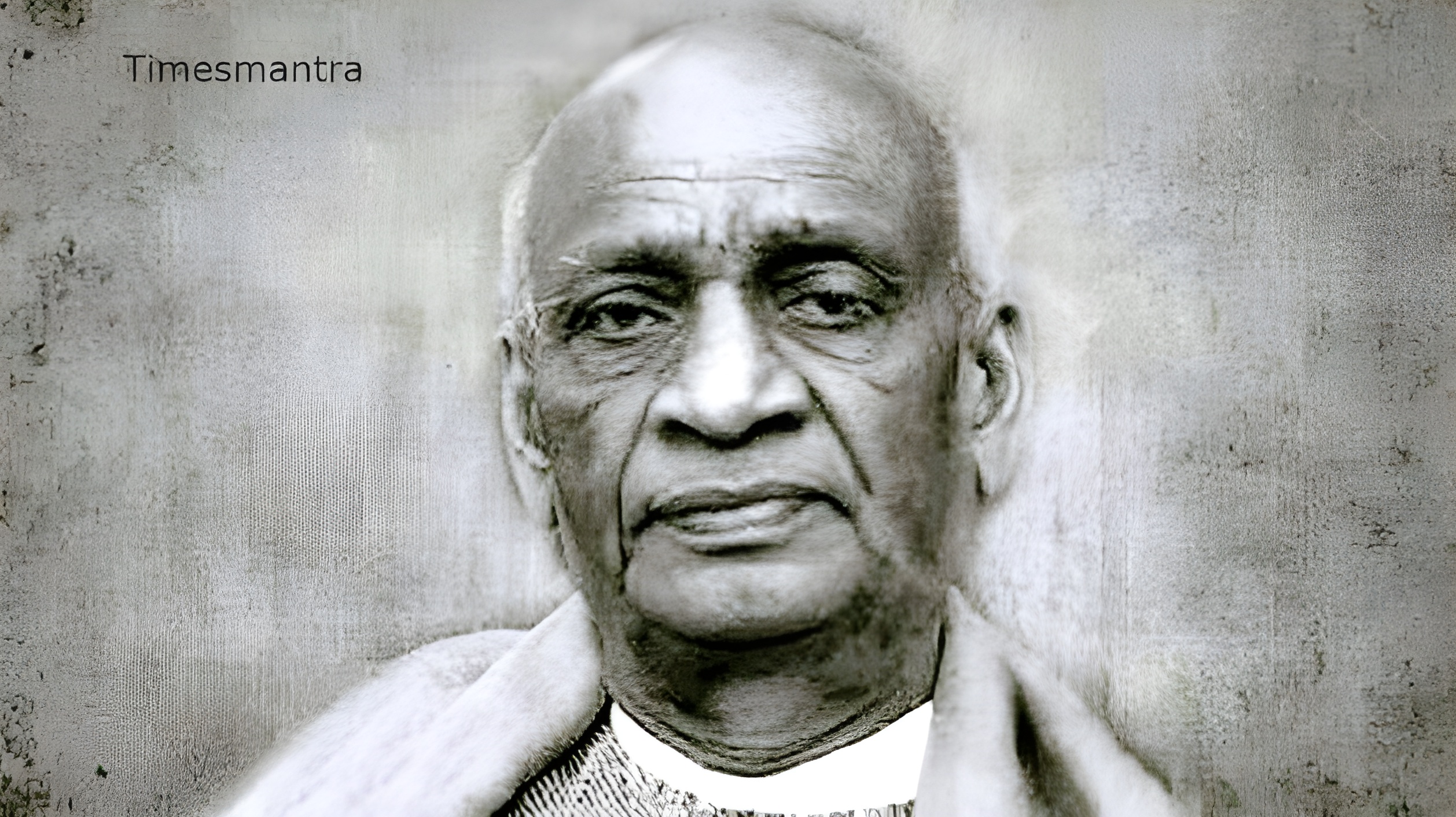Sardar Patel Jayanti 2025: India Unites for Bharat Parv
October 31, 2025—As the golden hues of autumn yield to the crisp embrace of Kartik’s Shukla Paksha, India stands united in solemn reverence for Sardar Vallabhbhai Patel, the indomitable Iron Man whose 150th birth anniversary today reignites the sacred vow of “Ek Bharat, Shreshtha Bharat.” Born on October 31, 1875, in the verdant village of Karamsad in Gujarat’s Anand district, Patel emerged from humble agrarian roots to become the unyielding architect of a nascent nation, masterminding the integration of 562 princely states and forging a fractured mosaic into the unbreakable edifice of modern India. The Jayanti, proclaimed National Unity Day in 2015 by Prime Minister Narendra Modi, coincides serendipitously with Diwali’s eve, symbolizing the triumph of unity’s light over division’s darkness, and in 2025, amid the 75th anniversary of the republican Constitution and persistent geopolitical strains, Patel’s legacy looms larger than ever.
Bharat Parv, the grand national commemoration launched by the Ministry of Culture in 2015, reaches its zenith today with a cascade of events—from the colossal “Run for Unity” at the Statue of Unity in Kevadia, where 2 lakh participants trace the Narmada’s banks, to virtual symposia hosted by the Rashtriya Swayamsevak Sangh (RSS) and nationwide plantation drives under the Ek Ped Maa Ke Naam campaign. Modi’s October 30 address from the Red Fort invoked Patel’s spirit: “Sardar Patel’s iron will welded our diverse destiny—his 150th Jayanti renews our resolve for an undivided, undaunted India.” With over 500 million viewers expected for the live broadcasts and unity pledges from 1,000 schools, the day is a clarion call to bridge communal chasms and federal fissures. This 2000-word homage chronicles Patel’s life, the 2025 Bharat Parv extravaganza, his unity mission, historical pinnacles, modern manifestations, challenges, expert echoes, and future forecasts. On October 31, as the nation unites in homage, Patel’s Jayanti isn’t commemoration—it’s a covenant for cohesion.
Sardar Patel’s Life: From Karamsad’s Soil to Statesman’s Summit
Sardar Vallabhbhai Patel’s life is a saga of soil-born struggle to statesman’s summit, a Karamsad kid’s ascent from colonial chains to constitutional champion. Born October 31, 1875, to Jhaverbhai and Ladba Patel, a Patidar farmer family in Nadiad, Gujarat, Vallabhbhai, the fourth of six siblings, imbibed resilience from his mother’s Shivaji stories and father’s farm fortitude. Schooled in Nadiad, he pursued law in London from 1910-1913 at the Middle Temple, excelling with first-class honors and earning “Sardar” for his leadership.
Returning in 1913, Patel practiced in Ahmedabad, marrying Jhaverba in 1893 and fathering Maniben and Dahyabhai. The 1917 Kheda Satyagraha under Gandhi sparked his satyagrahi soul, Patel organizing peasants against British taxes. By 1930, as Congress president, he orchestrated the Bardoli Satyagraha, earning Gandhi’s “Sardar.” Patel’s peak: The 1942 Quit India Movement, his year-long imprisonment inspiring the masses. Post-1947, as Home Minister, he orchestrated the princely integration, his diplomacy annexing Hyderabad via “Operation Polo” and Junagadh through plebiscite. Summit: Statesman’s soil, Karamsad’s kid.
Bharat Parv 2025: 150th Jayanti Jamboree and Unity Uplift
Bharat Parv 2025 is a jamboree of Jayanti grandeur, the 150th anniversary uplifting unity with the Statue of Unity’s “Ek Bharat Utsav,” 2.5 lakh participants in a 21-km human chain along the Narmada, AR tours of integrated realms, and the Sardar Patel National Unity Award to 15 icons like RSS Sarsanghchalak Mohan Bhagwat. Uplift: Jamboree’s Jayanti, unity’s Bharat.
The Unity Mission: Patel’s Princely Persuasion and Partition’s Pain
Patel’s unity mission was a persuasion of princely realms, integrating 562 states spanning 45% of India’s land and 24% of its population through diplomacy and determination, his “bloodless revolutions” folding Hyderabad and Junagadh into the fold, a mission marred by Partition’s pain of 1.5 million lives lost. Mission: Persuasion’s princely, pain’s partition.
Historical Highs: Sardar’s Sardari in Sardar Sarovar and Beyond
Highs historical: Sardar’s sardari in Sardar Sarovar, the 2025 dam’s 150th tribute with a 1,500-km human chain from Gujarat to Delhi, echoing his 1947 statehood. Highs: Sardari’s Sardar, beyond’s historical.
Modern Manifestations: Patel’s Principles in Contemporary Crises
Manifestations modern: Patel’s principles in contemporary crises, with 2025 unity drives bridging Kashmir to Kanyakumari, RSS’s “Ek Bharat Abhiyan” resonating his fold in federal frays amid 2024’s communal clashes. Manifestations: Principles’ Patel, crises’ contemporary.
Challenges and Criticisms: Patel’s Partition Pressures and Princely Predicaments
Challenges: Patel’s partition pressures, with 2025 debates on his role in 1947’s 1.5 million deaths, critics like historian Ramachandra Guha calling it “tragic necessity.” Criticisms: Pressures’ partition, predicaments’ princely.
Expert Echoes: Modi’s Muse and Gandhi’s Gaze
Modi: “Patel’s muse is unity—2025’s 150th renews our resolve.” Gandhi’s gaze: “Sardar’s steel softened by satyagraha—his fold our foundation.”
Echoes: Muse’s Modi, gaze’s Gandhi.
Future Forecasts: Patel’s Principles in a Polarized Polity
Forecasts: Principles’ Patel in polarized polity, 2026 unity campaigns to mend federal fissures, 2030 centennial of integration. Forecasts: Polity’s polarized, Patel’s principles.
Conclusion
October 31, 2025, honors Sardar Vallabhbhai Patel’s 150th Jayanti, a unity mission renewed in a fractured frontier. From Karamsad’s kid to cabinet’s crown, Patel’s poise prevails. As Modi muses and Gandhi gazes, the birthday bash beckons—India’s indivisibility, unity’s undying.
